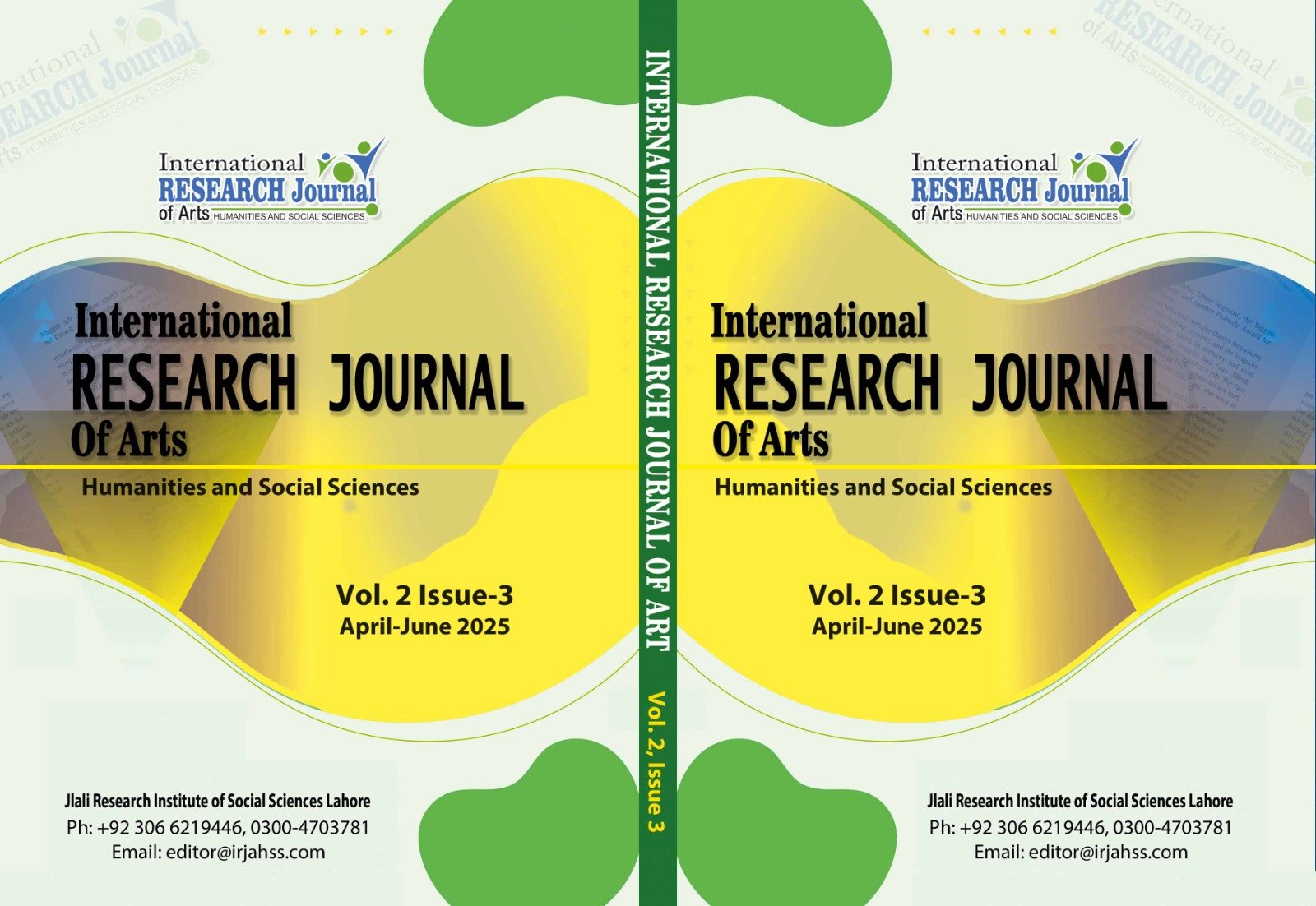Storms of Inequality: The Impact of Climate Change on Gender-Based Violence
DOI:
https://doi.org/10.3456/v6fjn686Abstract
Due to climate change, socio-cultural factors and reduced support, there has been an increase in GBV toward women in Pakistan and France. This study aims to explore how these vulnerabilities affect women and the reactions to GBV that take place during climate-related disasters in both nations. This research relies on case studies, reports and existing materials to uncover the ties between climate change and GBV, as well as the social and legal reasons behind women’s vulnerability. According to the findings, the combination of weak laws, cultural attitudes and economic factors together with frequent climate disasters increases the risks women confront in Pakistan. In France, although there are strong laws, low-income, immigrant and rural women still face more risk of GBV when there are climate-induced disasters. It was found that Pakistan lacks gender-friendly policies on climate and has poor enforcement of its laws, while France must provide better access to GBV services for those most at risk. The study suggests that gender-focused climate strategies are necessary and encourages building sturdier legal structures, better support for dealing with emergencies and more help for women who experience GBV in climate-related disasters.
Downloads
Downloads
Published
Issue
Section
License
Copyright (c) 2025 International Research Journal of Arts, Humanities and Social Sciences

This work is licensed under a Creative Commons Attribution 4.0 International License.
Disclaimer: The International Research Journal of Arts, Humanities and Social Sciences (IRJAHSS) upholds the principles of open access, ensuring unrestricted access to scholarly content to foster the sharing and advancement of knowledge. The opinions expressed in the articles solely belong to the authors and do not necessarily reflect the views or policies of the journal's editorial team, editorial board, advisory board or research institute.






